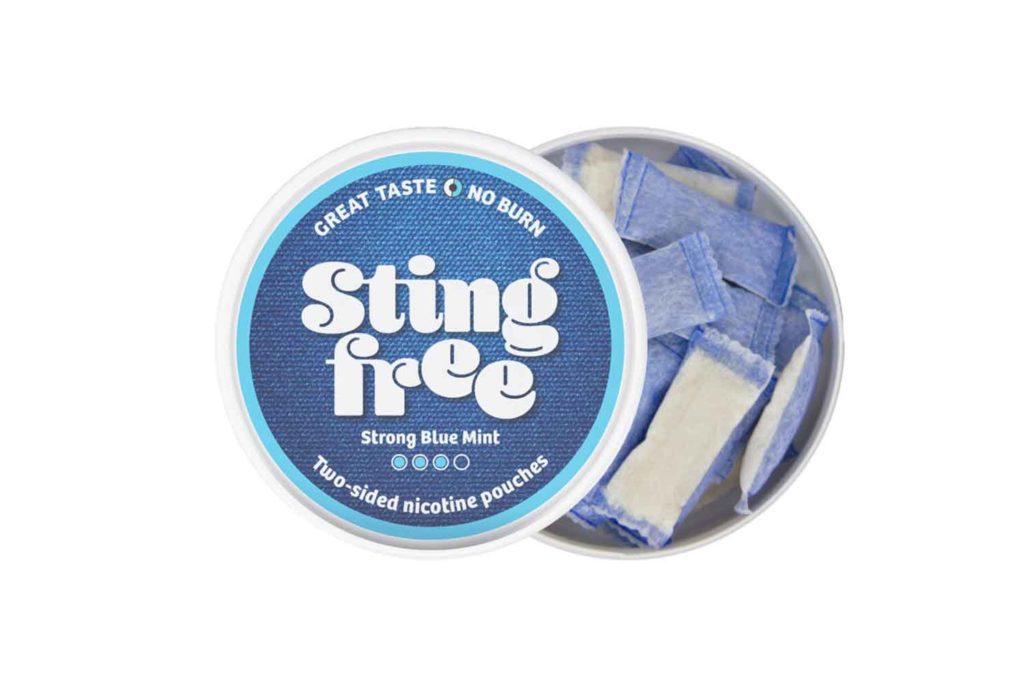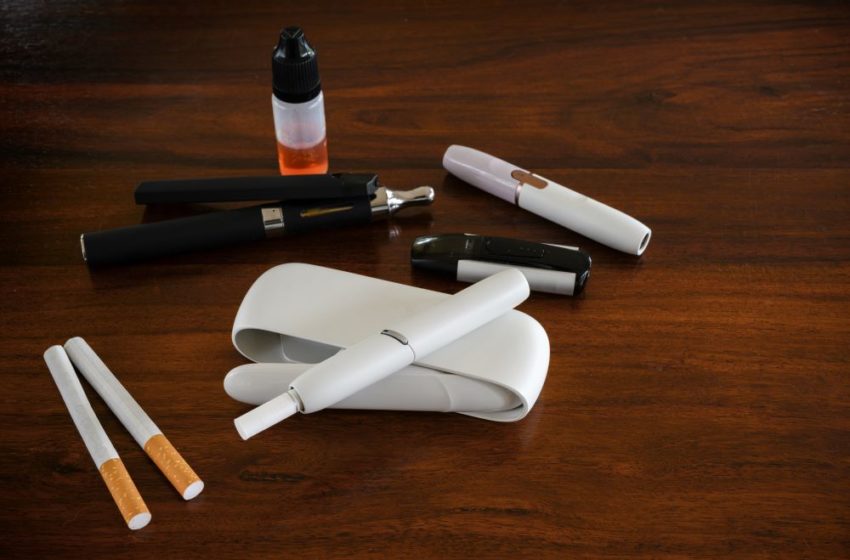Two out of three Americans support tobacco harm reduction over blanket prohibition as the better policy approach to tobacco regulation, according to a survey released by Altria.
The survey also shows that 82 percent think it is important for the U.S. Food and Drug Administration to focus on making smoke-free tobacco products available to adult smokers to help them switch from cigarettes.
“There is clear, overwhelming support for the FDA embracing harm reduction for the 30 million American adults who smoke. That means providing adult smokers who are unable or unwilling to quit with wider access to smoke-free alternatives and providing them the information and support to help them switch,” said Paige Magness, senior vice president of regulatory affairs at Altria Client Services. “Pursuing harm reduction is one of the most powerful steps the FDA can take to deliver on its mission to reduce tobacco-related death and disease in the U.S. It is our hope that the FDA will listen to these voices as it sets out its policy agenda for the coming years.”
The survey also shows that 90 percent agree that the FDA has a responsibility to accurately inform adult tobacco consumers about the risks associated with different tobacco products, and 88 percent agree that the FDA has a responsibility to address the widespread misperception that nicotine causes cancer.
Most adults also agree that policies that ban tobacco products will lead to illicit markets for tobacco products, endangering public health, youth and communities of color.
“Most Americans understand that prohibition-based policies don’t work and that it’s much better for public health to keep tobacco products legal and regulated,” said Magness. “Harm reduction is the better path forward. With harm reduction, regulators provide adult smokers with information, choice and support to expand the off-ramp from smoking—while also continuing to drive down underage use.”
The survey results also underscore the clear expectations that adults have for physicians to help adult smokers who want to switch, according to Altria. Seventy-nine percent agree that if certain tobacco products have been scientifically shown to be less risky than cigarettes, physicians have a responsibility to communicate this information to their patients who are adult tobacco consumers and have not successfully quit smoking by using traditional cessation therapies.
In addition to general population adults, the survey asked primary care physicians about their views on tobacco harm reduction. Of those surveyed, 89 percent support tobacco harm reduction as a public health concept and 85 percent believe it is important for the FDA to focus on making smoke-free tobacco products available to adult smokers to help them switch from cigarettes to less harmful alternatives.
Policy professionals were also surveyed and overwhelmingly believe that harm reduction is a better approach for the FDA to focus on than prohibition (78 percent), that tobacco products should remain legal so they can be properly regulated (77 percent) and that the FDA has a responsibility to accurately inform adult tobacco consumers about the different levels of risk associated with tobacco products (96 percent).




















